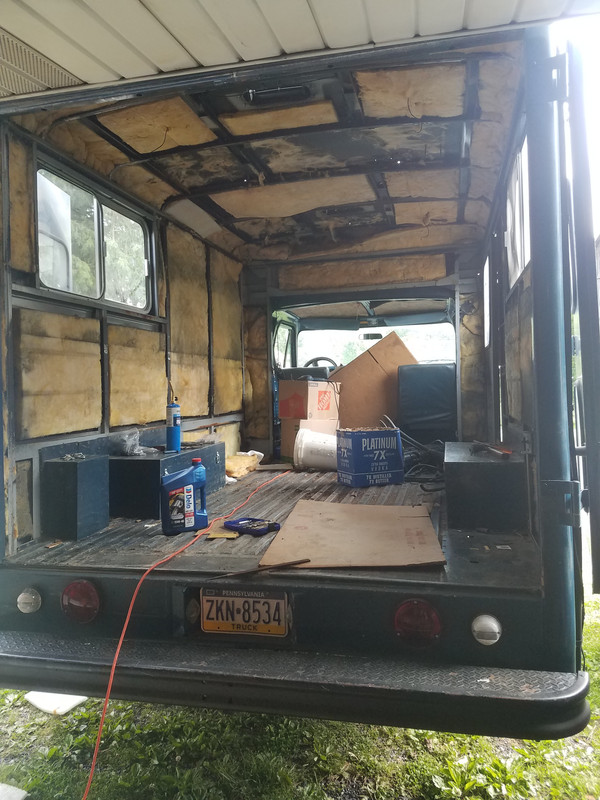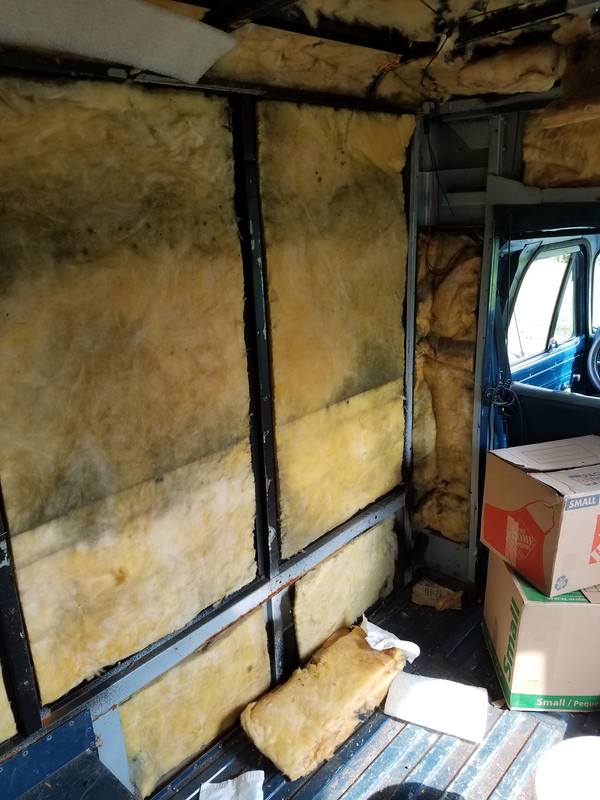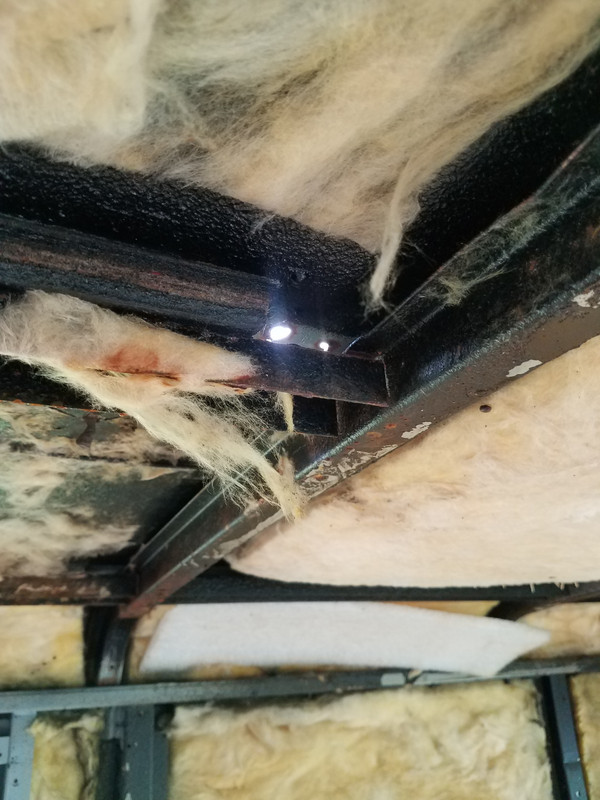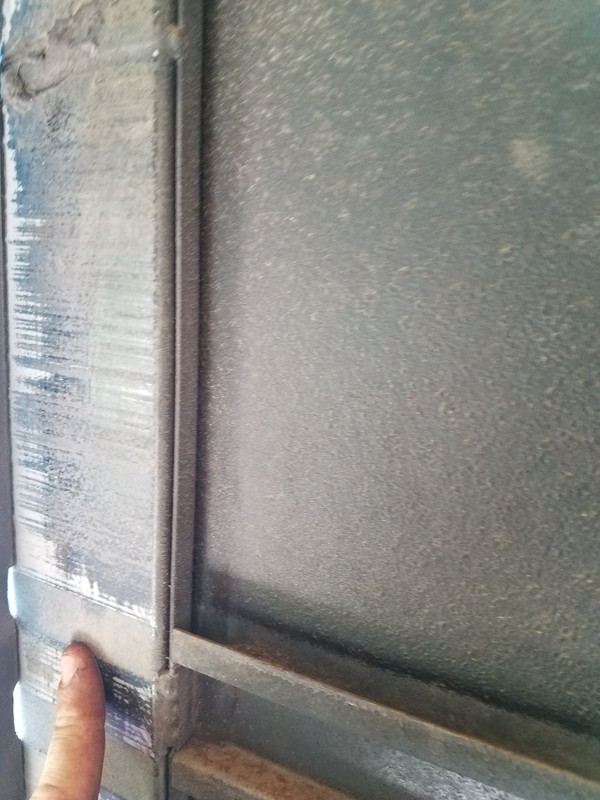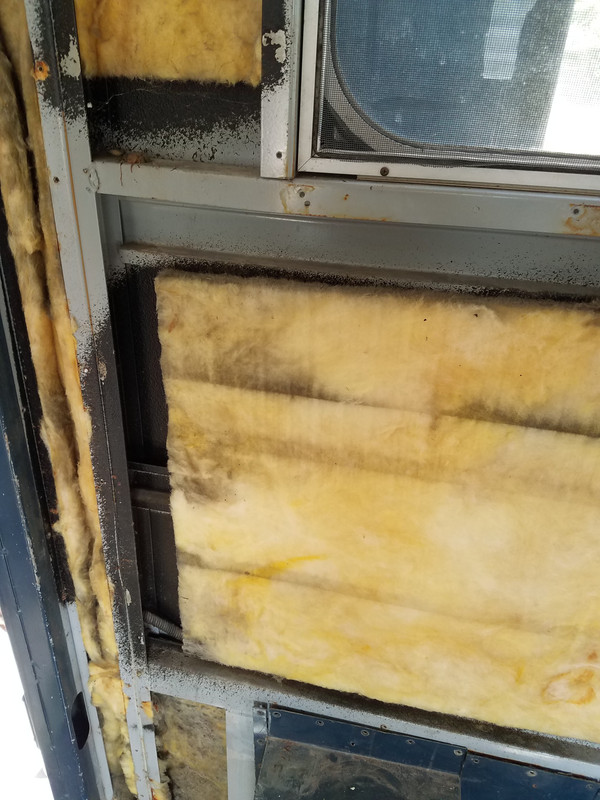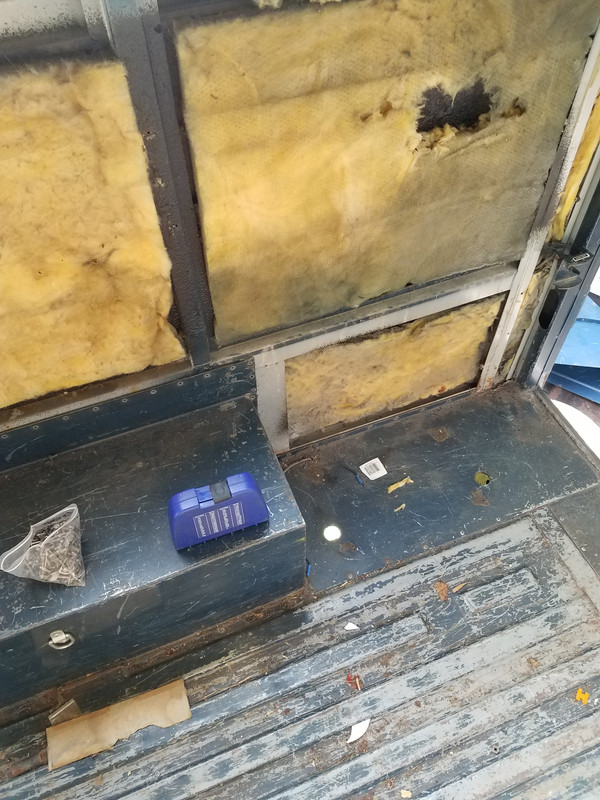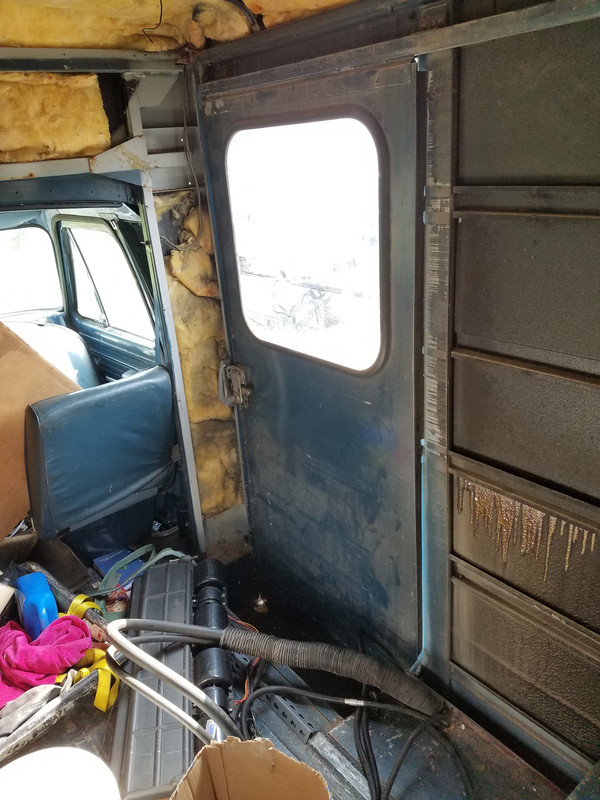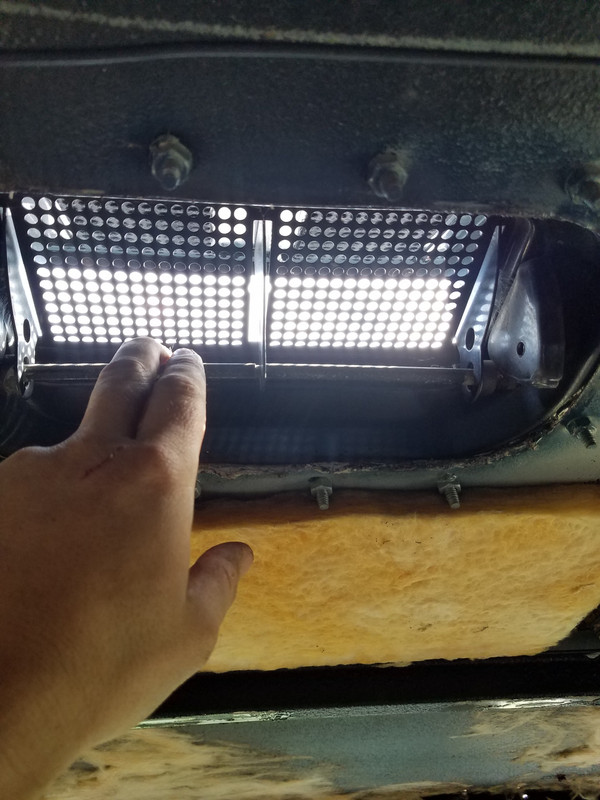KingArthur16
New member
- 4
- 0
- 0
- Location
- Pennsylvania
So awhile back I bought this mil spec 1988 G30 that came installed with this non-functional 12v air conditioner pre-installed. It's essentially a CUCV except with a GM box van body. It was used as a personnel carrier at an Air Force base in Arizona.





It's a product produced by a company called Frigette, which of course is no longer in existence.
However, parts for this cooler seem to be readily availiable via military surplus and not terribly expensive. So what I'm asking is do you think it's worth trying to salvage this thing? Where would I even begin to look for someone who would be able to make an assesment on this thing if it's salvageable or not? I don't even know if it runs on 134-A.
The top side looks to be a very simple unit with nothing more than a radiator and two fans. The motors of the fans could be replaced fairly cheaply so the outside split I'm not worried about- that can be fixed.
The inside split I know nothing about. There seem to be some things missing to my mind. I don't see a pump or drier or any of the other fixings that should go along with an AC. Unless it's all tucked away inside the blower housing.
Do you think this project is too ambitious? It would be cool to have a split AC in the van... but if it's going to take the majority of my life force to get it working I can move on to something else...





It's a product produced by a company called Frigette, which of course is no longer in existence.
However, parts for this cooler seem to be readily availiable via military surplus and not terribly expensive. So what I'm asking is do you think it's worth trying to salvage this thing? Where would I even begin to look for someone who would be able to make an assesment on this thing if it's salvageable or not? I don't even know if it runs on 134-A.
The top side looks to be a very simple unit with nothing more than a radiator and two fans. The motors of the fans could be replaced fairly cheaply so the outside split I'm not worried about- that can be fixed.
The inside split I know nothing about. There seem to be some things missing to my mind. I don't see a pump or drier or any of the other fixings that should go along with an AC. Unless it's all tucked away inside the blower housing.
Do you think this project is too ambitious? It would be cool to have a split AC in the van... but if it's going to take the majority of my life force to get it working I can move on to something else...
Last edited by a moderator:


